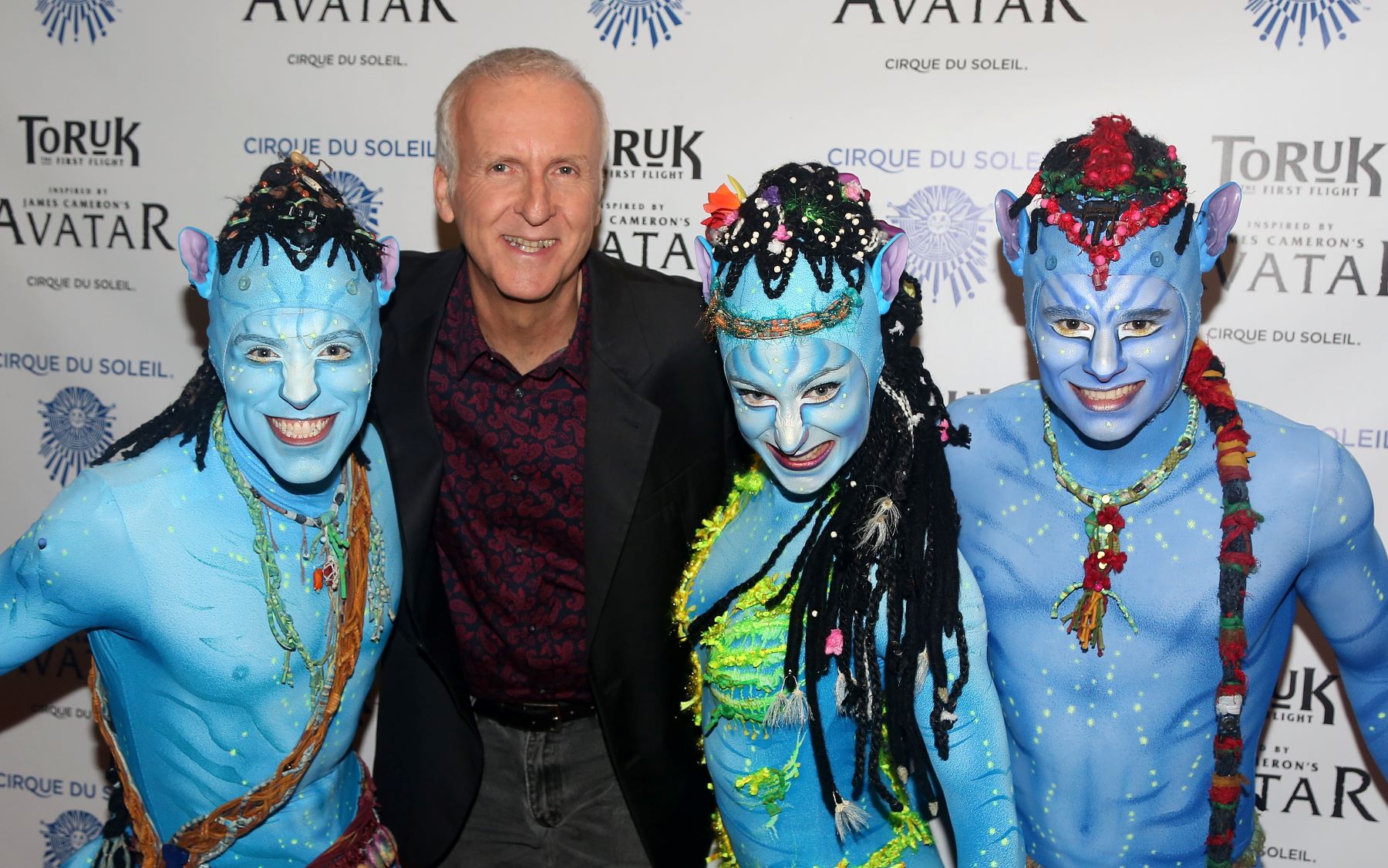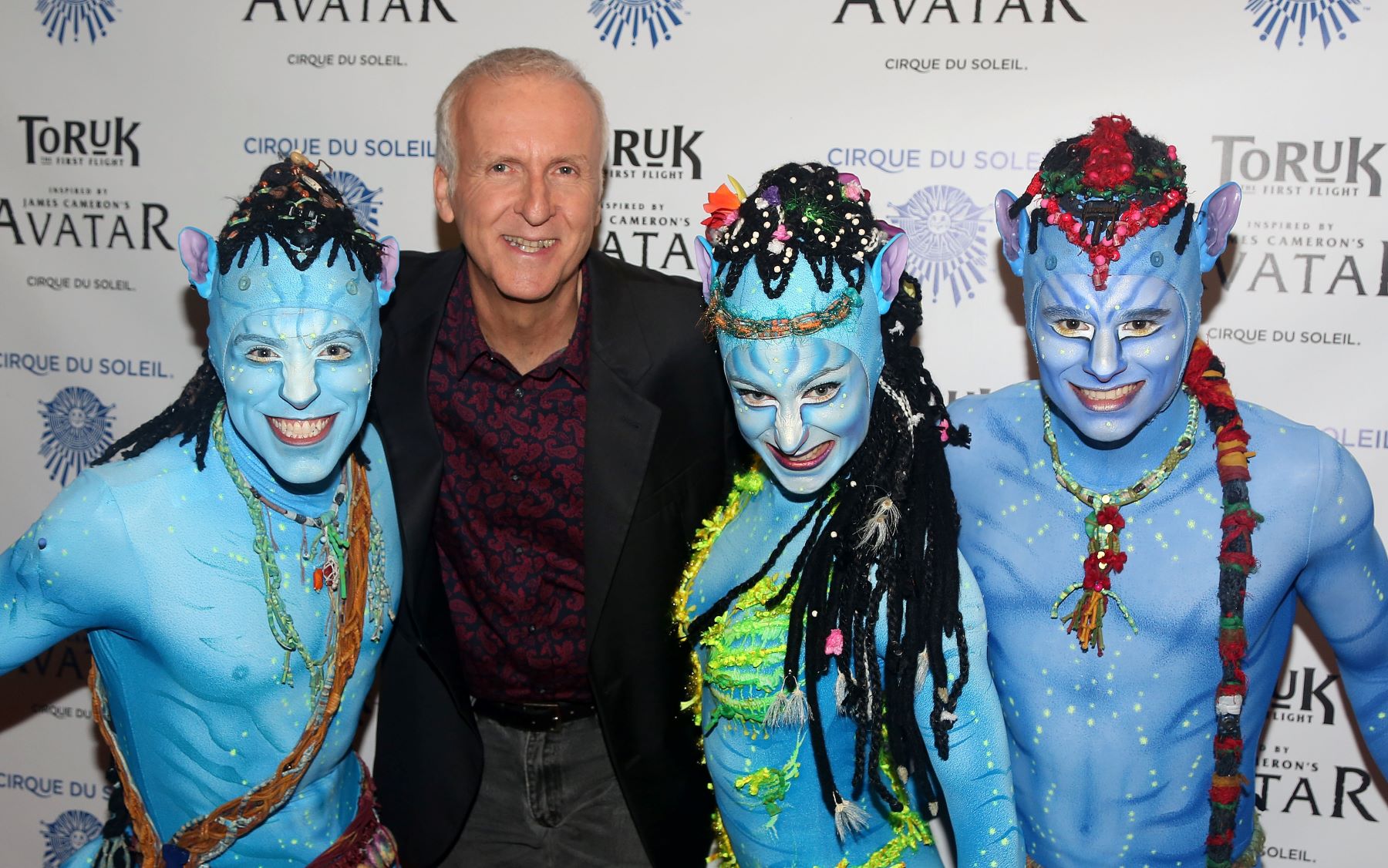
‘Avatar’: James Cameron Was Told to Cut out the ‘Tree-Hugging, Hippie Bulls***’ From the Original
Released in 2009, Avatar is one of the highest-grossing films and one of the most critically acclaimed. The film utilized groundbreaking special effects to tell an entertaining and deeply emotional story. With the sequel set to be released in mid-December 2022, many fans are diving deep to learn what they can about the making of the original film – and discovering the struggles that the iconic director, James Cameron, had to endure to get Avatar made. Most notably, Cameron had to argue with a contentious film executive who actually told Cameron to remove the “tree-hugging, hippie bulls***” from the movie.
‘Avatar’ was a massive hit for director James Cameron
Avatar was a true passion project for James Cameron. The veteran filmmaker, who is also responsible for cinema classics like Titanic, wrote, produced, and co-edited the film in addition to his duties as a director. A science fiction epic featuring stars like Zoe Saldana, Sam Worthington, Sigourney Weaver, and Michelle Rodriguez, Avatar was a game-changer for Cameron and the entire film industry.
The special effects were truly groundbreaking, with the stunning cinematography and visual effects earning a slew of awards, including the Academy Awards for Best Art Direction, Best Cinematography, and Best Visual Effects, according to IMDb. Avatar also helped to usher in the resurgence of 3D technology in the entertainment industry – and all thanks to Cameron’s distinctive vision and cutting-edge ideas.
Cameron revealed he was asked to cut out the ‘tree-hugging, hippie bulls***’ from ‘Avatar’
James Cameron ran into some resistance during the making of Avatar. In a recent interview with GQ, Cameron opened up about a film executive who told him that significant portions of the film should be trimmed out. Cameron alleged that studio head Peter Chernin liked the script but had issues with some of the story points. “‘Is there any way you can get the kind of tree-hugging hippie bulls**t out of it?’ Quote, unquote,” Cameron said, remembering the conversation with Chernin.
Cameron went on to explain how he reacted to Chernin: “I said, ‘So, Peter, I’m at a point now in my career and in my life where I can pretty much make any movie I want. And I chose to make this story because of the tree-hugging hippie bulls**t.'” For Cameron, the story’s elements of conservation and protecting natural spaces were equally as important as the science-fiction notes and the action-packed sequences.
James Cameron is a dedicated climate change activist

In the end, of course, James Cameron proceeded with the version of Avatar that he wanted to make, despite Chernin’s objections. Not only did Avatar become one of the highest-grossing films of all time, but it helped Cameron to lean even harder into his convictions about protecting the environment. In 2014, he assisted in producing the documentary Years of Living Dangerously, which highlighted the dangers of climate change and pointed out ways people could help protect the earth. He’s also been vocal about climate change in his private life, often lending his time and energy to causes that promote conservation.
Still, Cameron believes he managed to reach more people in Avatar than with almost any other project dealing with climate change. “We certainly reached more people with Avatar, but we reached them with a much softer and diffused message. It wasn’t so much of a message as it was a feeling — a feeling that you needed to connect better with nature,” the iconic director said.


